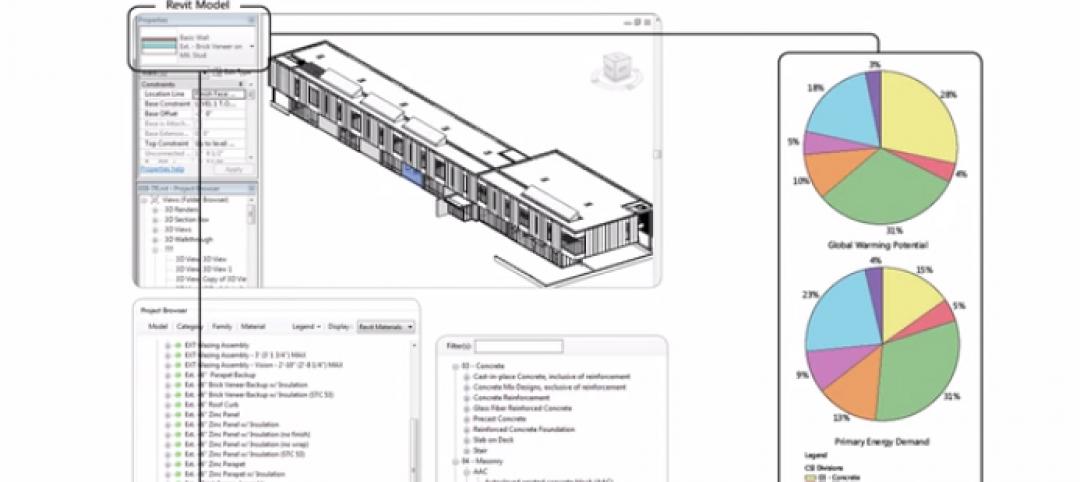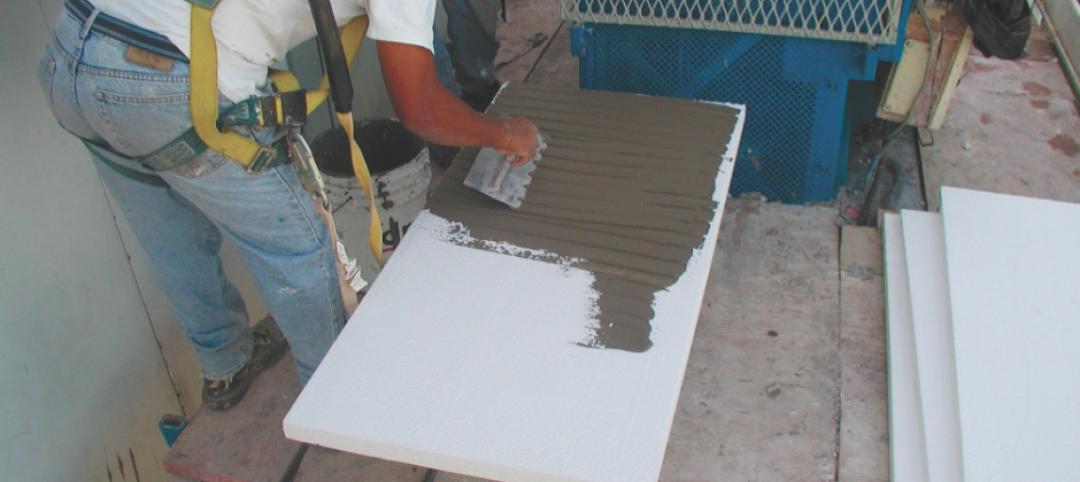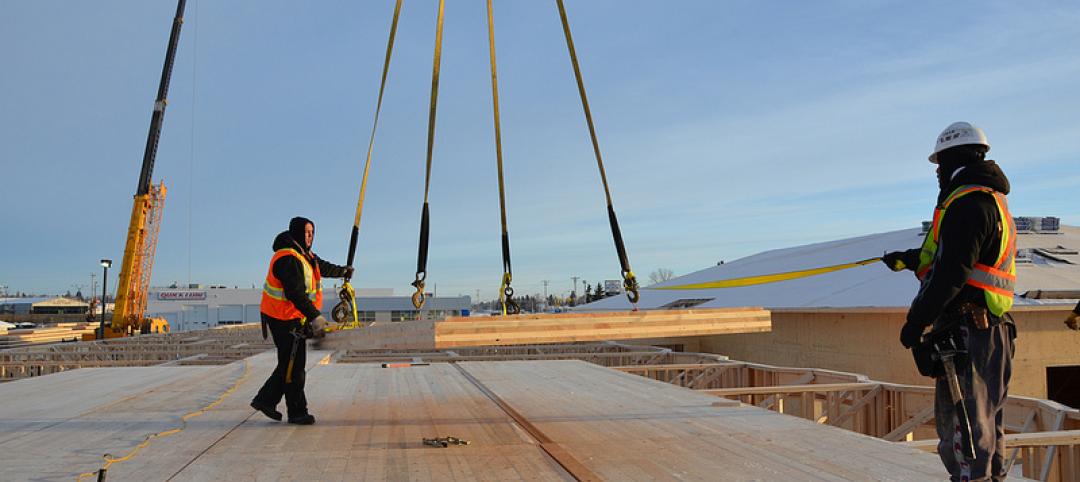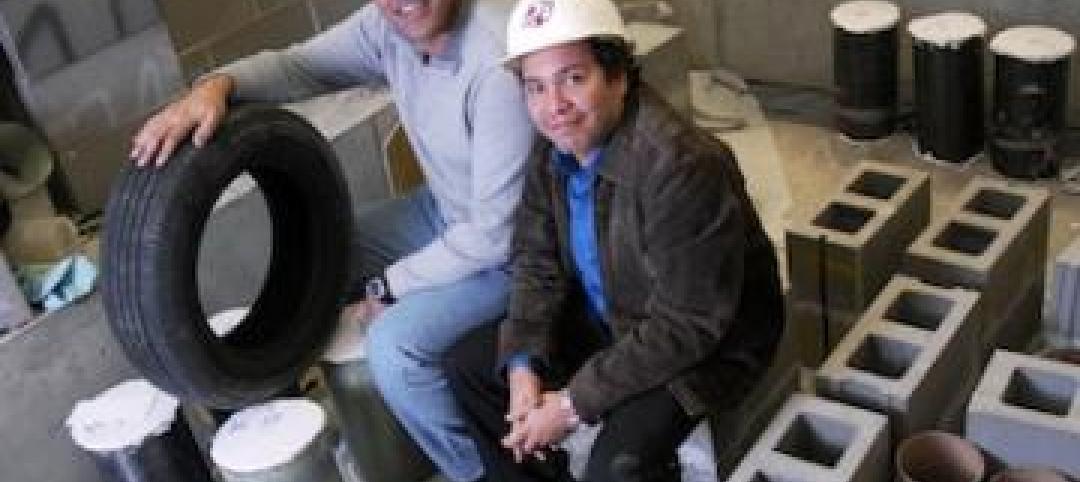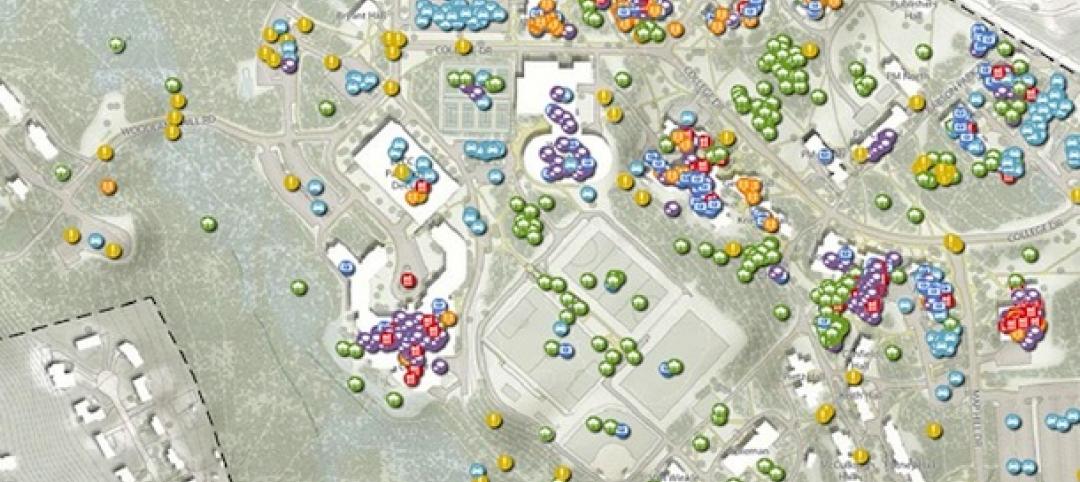An expanding engineering and construction industry faces a digital future that is not only reshaping cities but also how the industry’s businesses operate.
This is one of the key observations that Deloitte Consulting presents in its recent paper “2019 Engineering and Construction Industry Outlook.” The paper’s author—Michelle Meisels, Principal and Engineering and Construction Leader—emphasizes the centrality of data analysis in the ability of the industry to deliver urban projects for cities whose buildings and infrastructures are becoming “smarter” and more connected.
Deloitte anticipates that the industry’s growth in the U.S.—estimated at around 5% in 2018—will continue next year. Merger-and-acquisition activity, which this year has accounted for at least 344 deals valued at more than $20 billion, is allowing EC firms to compete for megaprojects “infused with advanced technologies.”
Meisels sees cities as growth engines for the U.S. economy and its society. However, America’s crumbling infrastructure right now isn’t up to the task of keeping pace with urbanization. She’s optimistic, though, about the willingness of cities around the world to invest in “connected infrastructure” that enables better management of urban assets such as public transit, wastewater systems, and roads. Meisels cites one estimate, from IDC, which projects that smart cities’ spending will reach $158 billion globally by 2022, with Singapore, Tokyo and New York being among the top spenders.
These investments should help to create digital touchpoints of connectivity between people and their vehicles, homes, and workplaces. What would advance this movement, says Meisels, is “a clearly articulated strategy for leveraging advanced technologies like the Internet of Things (IoT), analytics, and artificial intelligence.” She points specifically to the recently announced alliance between AECOM and Arrow Electronics as an example of how scale and digital are intersecting.
Digital, in fact, is transforming how engineering and construction companies run their companies. Such things as robotic process automation and BIM are evolving and improving in ways that are making project development and management far more efficient and less costly. Meisels also speaks of “connected construction” tools, such as drones, wearables, and augmented reality, that are “revolutionizing” job sites, improving worker productivity and safety, and capturing valuable data.
Meisels believes that data and analytics will become the industry’s future core. But data are coming from outside traditional ERP systems, so companies need to devise a strategy to analyze this torrent of information “to deliver smart buildings and smart cities projects, identify and address diminishing margins, and manage increasing project size and complexity.”
Companies can use a data-driven approach to unlock smart decision making, identify the optimal location for their project, and source the best materials to use, all through an interface that enables decision makers to ask questions and work through scenarios.
This analytical approach might also provide some answers to a problem that continues to vex EC firms across the country: finding and retaining talent.
The U.S. construction industry has been consistently adding workforce, and currently employs around 7.2 million professionals, the highest levels since the Great Recession of 2008. But that’s still an 18-year low. “Labor shortages are reaching crisis proportions and are expected to continue through 2019,“ predicts Meisels.
Today, winning the talent war includes projecting a positive brand for your company out to the market—one that reflects the advanced technologies that are part of the connected construction site. To appeal to new generations entering the workforce, that brand should also showcase the sustainability initiatives that many firms have adopted.
On a fundamental level, Meisels tells EC firm that their talent search should be buttressed by their support of apprenticeships and technical schools. “And considering the rise of digital, it is also important to understand how skills are changing and then design a talent management strategy that reflects this,” she recommends.
Related Stories
| Mar 12, 2014
14 new ideas for doors and door hardware
From a high-tech classroom lockdown system to an impact-resistant wide-stile door line, BD+C editors present a collection of door and door hardware innovations.
| Mar 10, 2014
Meet Tally – the Revit app that calculates the environmental impact of building materials
Tally provides AEC professionals with insight into how materials-related decisions made during design influence a building’s overall ecological footprint.
| Mar 7, 2014
Thom Mayne's high-tech Emerson College LA campus opens in Hollywood [slideshow]
The $85 million, 10-story vertical campus takes the shape of a massive, shimmering aircraft hangar, housing a sculptural, glass-and-aluminum base building.
| Mar 4, 2014
How EIFS came to America
Design experts from Hoffmann Architects offer a brief history of exterior insulation and finish systems in the U.S.
| Feb 20, 2014
5 myths about cross laminated timber
A CLT expert clears up several common misconceptions and myths surrounding the use of wood as a building material.
| Feb 19, 2014
Harvard's 'termite robots' can build any thing, any way [video]
The robots build by observing thier environment and then obeying a set of traffic rules programmed by researchers.
| Feb 14, 2014
Scrap tires used to boost masonry blocks at Missouri University of S&T
Research could lead to blocks that use waste material and have seismic and insulating benefits.
| Feb 14, 2014
The Technology Report 2014: Top tech tools and trends for AEC professionals
In this special five-part report, Building Design+Construction explores how Building Teams throughout the world are utilizing advanced robotics, 3D printers, drones, data-driven design, and breakthroughs in building information modeling to gain efficiencies and create better buildings.
| Feb 14, 2014
Crowdsourced Placemaking: How people will help shape architecture
The rise of mobile devices and social media, coupled with the use of advanced survey tools and interactive mapping apps, has created a powerful conduit through which Building Teams can capture real-time data on the public. For the first time, the masses can have a real say in how the built environment around them is formed—that is, if Building Teams are willing to listen.
| Feb 13, 2014
University officials sound off on net zero energy buildings
As part of its ongoing ZNE buildings research project, Sasaki Associates, in collaboration with Buro Happold, surveyed some 500 campus designers and representatives on the top challenges and opportunities for achieving net-zero energy performance on university and college campuses.




